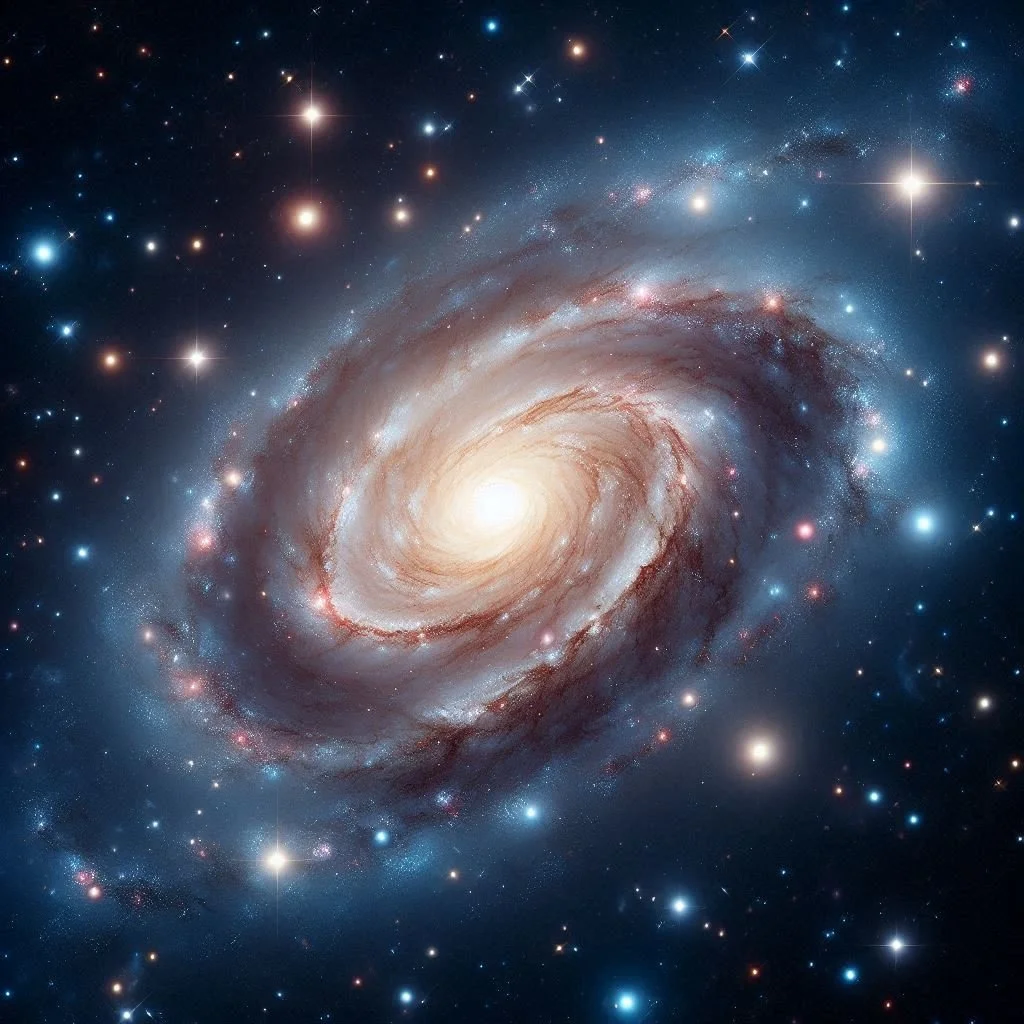
Unveiling the Milky Way’s Past: Insights from Dwarf Galaxies and Simulations
The study by François Hammer and collaborators examines the Milky Way's accretion history by comparing observational data, including globular clusters and dwarf galaxies, to predictions from cosmological simulations. They find that older mergers align well with simulations, but most dwarf galaxies appear to have been captured relatively recently, contradicting simulation predictions. The study highlights mismatches in rotation curves and binding energy distributions, suggesting current models need refinement. The work concludes that more realistic simulations are required to accurately capture the Milky Way's mass distribution and evolutionary history.

Exploring the Milky Way's Proto-Galaxy: A Chemical and Structural Investigation Using APOGEE-Gaia
This study by Horta and Schiavon uses data from the APOGEE and Gaia surveys to investigate the Milky Way's proto-galaxy—its earliest stellar components. By analyzing the chemical compositions and distribution of ancient stars, the authors identify distinct populations, including those from the galaxy's main progenitor and from past mergers like Gaia-Sausage-Enceladus. Using a Plummer model, they estimate the mass of the proto-galaxy to be about 9.1 x 10^8 solar masses, providing insights into the early formation of the Milky Way and its structural evolution.
